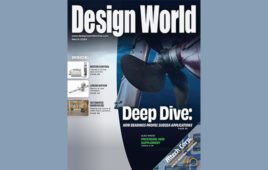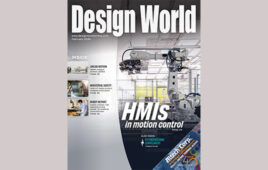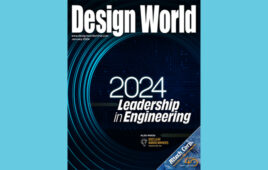Battery breakthrough fatigue
For some cheap thrills, try Googling the words “battery breakthrough.” You’ll be presented with page after page of articles breathlessly chronicling one research result after another in energy storage. But you might wonder why, with so many earth-shattering developments, electric vehicles can’t travel 1,000 miles before needing a recharge.
The reason: It doesn’t take much to be a breakthrough in batteries these days, at least not in the eyes of journalists. We did a quick review of the top “battery breakthrough” search results to figure out why EVs in our neighborhood are forced to charge up every night. What we found was that a lot of the work reported in excited tones is over hyped. The typical “battery breakthrough” isn’t a battery at all. It more likely takes the form of goop in a flask sitting on a lab bench somewhere.
That said, researchers quoted in write-ups of their work tend to be circumspect about what they’ve achieved. Unlike the gushing of reporters, individual researchers are more likely to characterize their accomplishments as building blocks or promising strides on what’s likely to be a long road to commercialization.
For example, consider the “breakthrough” at Nanotech Energy, a startup that hopes to produce a battery charging “18 times faster than anything currently on the market” within the year. Perhaps, but all it has made so far are graphene inks.
Then there are the electrolytes coming out of the Lawrence Berkeley National Lab that suppress dendrite growth on battery anodes before it can cause the battery to fail. The electrolyte is flexible enough to be a laminate between the anode and the battery separator on rolls of lithium foils–someday. But that’s down the road a bit.
Also in this category is Sila Nanotechnologies. It has come up with a “nanocomposite” of silicon and other materials to replace the graphite in electrodes. The company says its product will boost battery capacities by 20 to 40%. But Sila doesn’t actually make batteries. It hopes to get its technology into the hands of companies that do, in fact, make batteries in the next year.
A similar development comes from scientists at Washington State University. Researchers there were able to prevent dendrites from forming on electrodes—and eventually shorting out the battery—by adding a few key chemicals to the cathode and electrolyte to form a protective layer on the surface of a lithium-metal anode. The team figures the process can be integrated into existing manufacturing procedures. But no word yet of any battery maker actually doing so.
Reading between the lines, many advances touted as breakthroughs sound like maybe-somebody-can-use-this developments. A minority involve real batteries. One of the few in this category is QuantumScape. The company has released test data on its solid-electrolyte cells indicating batteries based on them could charge 80% in just 15 minutes. But the QuantumScape battery cells are just one layer of a much larger cell structure that will make up real batteries.
It remains to be seen whether QuantumScape can scale up and produce entire battery packs at industrial scale. If things go well, Volkswagen says it hopes to use the batteries in its 2024 or 2025 vehicles. So though QuantumScape is well beyond the goop-in-a-fl ask stage, its technology is still about five years away from commercialization.
That time frame is something to keep in mind the next time you see a headline announcing “breakthrough” battery chemistry lab work.
LELAND TESCHLER • EXECUTIVE EDITOR
Filed Under: DIGITAL ISSUES • DESIGN WORLD, DIGITAL ISSUES • EE WORLD




